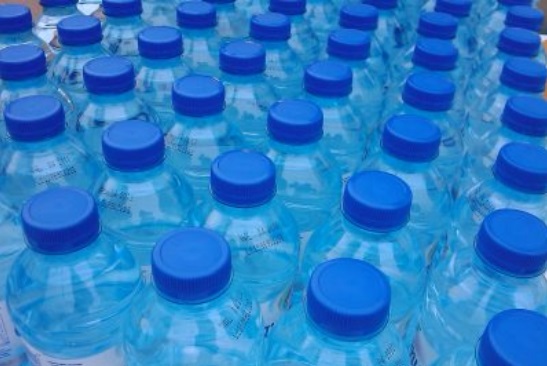Lets work together



Suite 3A, Chapel Allerton House, 114 Harrogate Road, Leeds, LS7 4NY
ukinfo@integrated-skills.com
+44 (0) 3300 888 670

Most of us don’t think about plastic bottles beyond placing them in the recycling bin. Once collected, however, plastic bottles must endure a multi-step process before they can be turned into new products.
Collection
It all starts with collection. Well, strictly speaking it starts with members of the public who decide whether they place their recyclable materials into the correct bins & containers. Councils adopt varying collection methods, such as kerbside sort or comingled, but whichever they choose, the plastic bottles as well as glass, aluminium and other recyclables are sent to the MRF (Materials Recycling Facility) for processing by machine typically but also by hand.
The Recycling Process for Plastic Bottles
Thorough explanations of variants of the plastic recycling process can be found elsewhere; below is an overview of some of the key components.
Contaminant Removal
Separation of contaminants is critical as it prevents materials from being reprocessed so it is key that contaminants that may have accompanied the plastic in the collection, such as metal, paper and glass are identified and removed. Other contaminants, such as non-PET bottles, may need to be removed manually.
PET Flake Manufacture
Once non-PET bottles have been removed from the line, the bottles continue to the granulator, where they are cut into small flakes. These 12 to 18mm pieces are typically produced with a wet granulator that sprays water on the bottles as they are being cut. This provides an initial wash before the flakes continue on their journey.
Label and Cap Removal
Following flake creation, the plastic is then run through an air classifier, which blows the light label material away from the heavier plastic. The next step is to remove the bottle caps. This stage involves a separation tank filled with water into which all the plastic is poured. The lighter caps simply float to the top whilst the heavier PET plastic sinks to the bottom and is transported to the next stage.
Washing
Following the removal of caps and labels, the PET flakes enter a hot water washer that uses steam and some kind of caustic solution, which removes any label glue, oil or leftover food which may still be stuck to the bottles. Once the hot water breaks down these contaminants and washes them away, the flakes are subjected to a second wash, this time with cold water and friction, which cleans the flakes further.
Drying
PET flakes must be completely dry in order to be reused. If the flakes are wet during processing, bubbles will form in the plastic during melting. Therefore, drying must occur over more than one stage to ensure no remaining water. A centrifuge is the first step in the drying process. It ensures that most of the water is removed. The second step is dehydration, which involves the use of thermal heaters. These heaters reduce water content to below one percent.
Manufacture
Now that the PET flakes are completely dry and free of contaminants, they can be used for re-manufacturing. Flakes can be used to produce polyester fibre, which is used in many products including carpeting and clothing. It can also be used to manufacture PET plastic sheeting and strapping, as well as vehicle reinforcements and of course, more plastic bottles.
Although a lengthy process, the reprocessing of plastic bottles has many benefits. It is a relatively low-cost way to get the products we need, as well as being a very effective means of keeping non-biodegradable plastic out of landfill.
www.ukisl.com
Would you like to know more about How Plastic Bottles Are Reprocessed? Fill in your details below and let us know how we can help.
Website Designed & Built by we are CODA